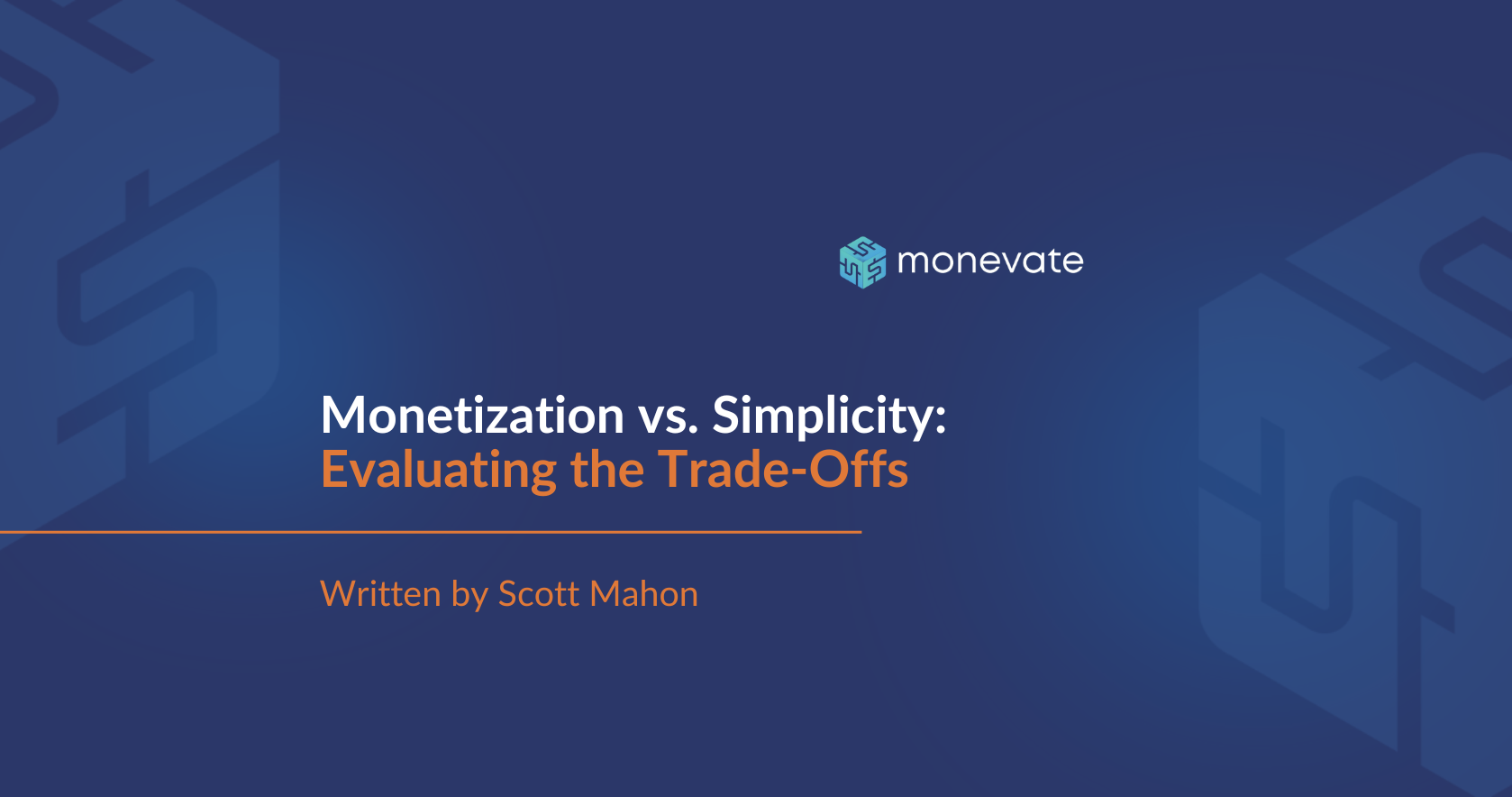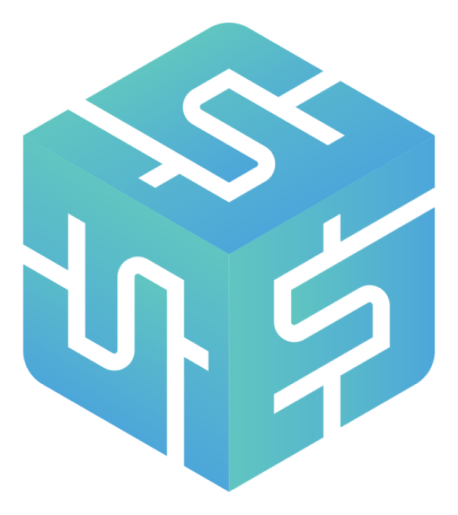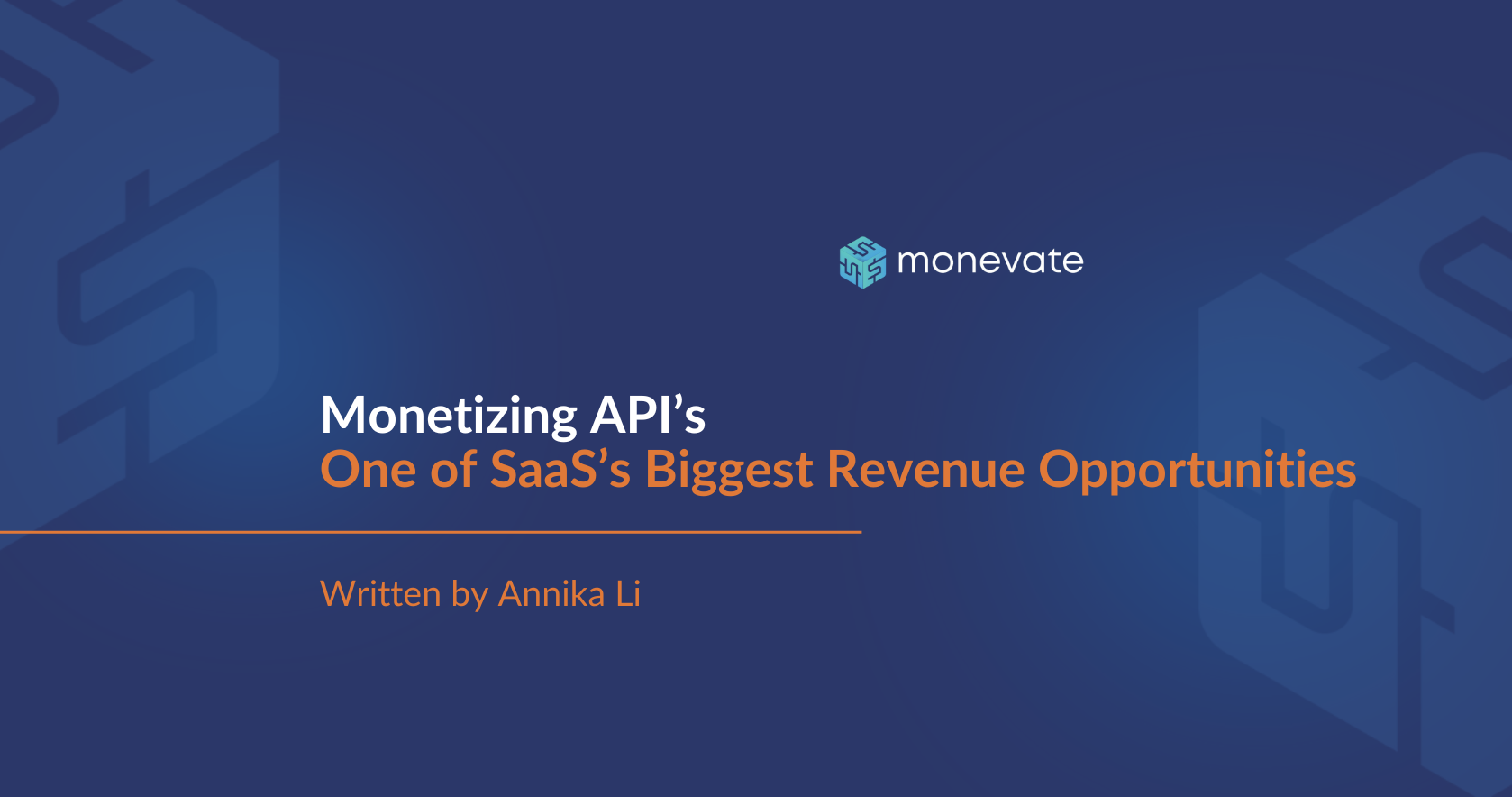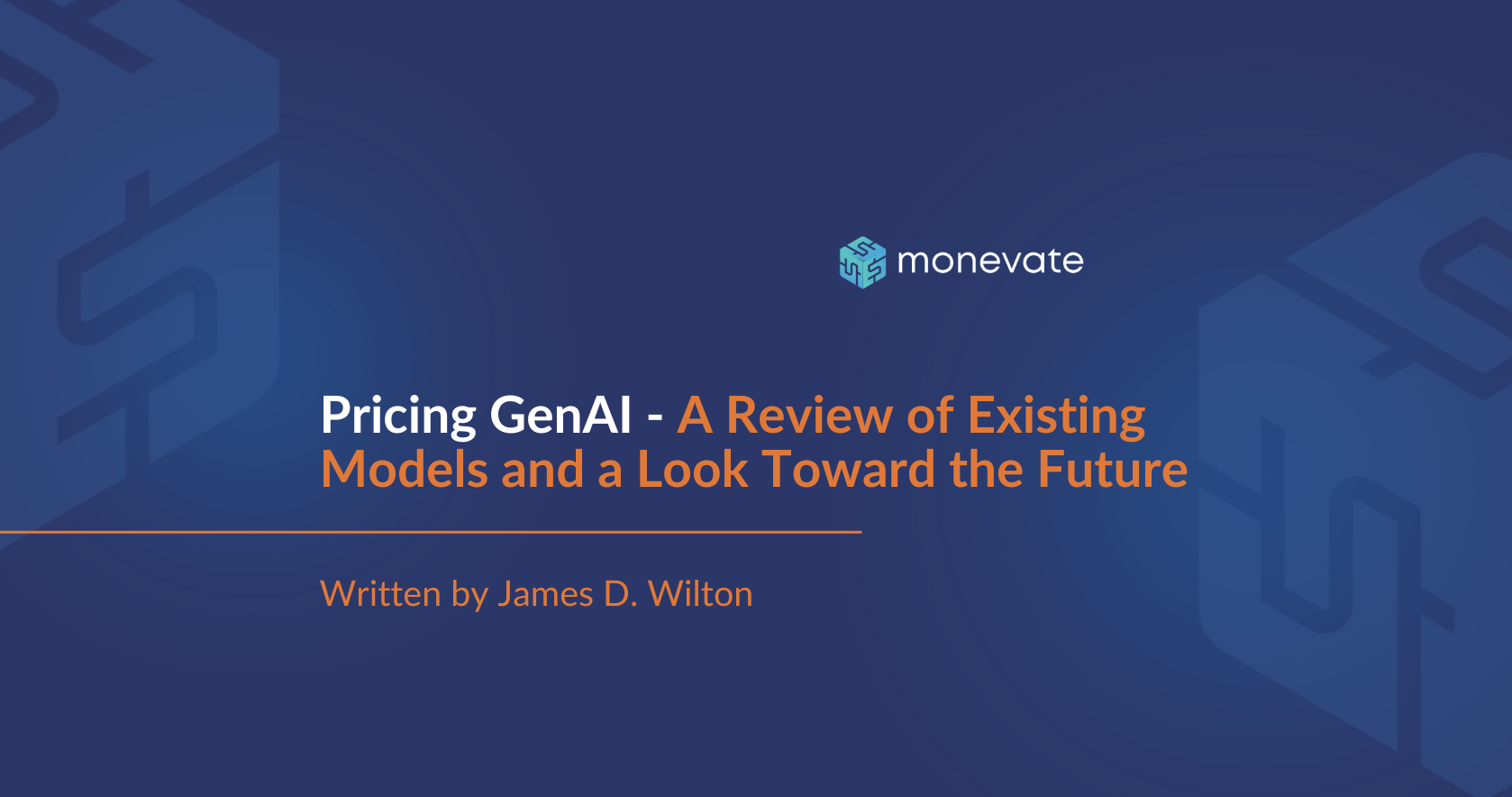What can XaaS companies learn from Tesla’s Price Cuts?
Tesla’s recent price cuts have sent shockwaves through the automotive industry, but what can XaaS companies learn from this seemingly unrelated event?
As it turns out, there’s a lot. Tesla’s pricing strategy can help XaaS companies gain valuable insights on how to use pricing as a powerful tool to execute broader corporate strategy.
So…what happened?
Tesla announced their 6th round of price cuts this year. Prices for their flagship Model S and best-selling Model Y have dropped 17% and 24% respectively from their highs in August 2022 (and yes, we’re still in an inflationary environment).
Tesla’s price cuts impacted their earnings dramatically for the first time as gross margin dropped by 10% from the same quarter last year, down to 19.3% in Q1, 2023. Clearly, investors were spooked, as the stock dropped nearly 10% the day after earnings were released.
However, by lowering the barrier-to-entry for customers, Tesla has been able to significantly drive volume as more customers were willing to pay. Last quarter, the Model Y became the best-selling vehicle in Europe and the best-selling non-pickup vehicle in the United States despite production and delivery challenges.
What does Elon Musk want?
Elon’s master plan is quite simple. He stated in the Tesla’s recent earnings call that “pushing for higher volumes and a larger fleet is the right choice here versus a lower volume and higher margin.”
With these higher volumes, he plans to gain market share across regions in the near-term and eventually build profitability through up-sell pathways with Full-Self Driving (FSD) capabilities that are currently in beta testing and cost $99/mo.
Now, this low-margin strategy certainly wasn’t Tesla’s approach initially as it became Wall Street’s “darling” with its exceptionally high gross margins of 25%+ in 2021 and 2022, which were well above industry averages of ~18%.
However, with recent advances made in FSD and their significant advantage in speed to market over competitors, Tesla has shifted their strategy to make a more profound bet that FSD will impact profits significantly when launched.
What can XaaS companies learn?
A pricing strategy can act as the engine (or electric motor!) that drives a company’s broader strategic direction. By slashing prices, Tesla has made its objectives a reality and has been successful in driving significant volume in the near term. XaaS companies should consider pricing transformations as high priority initiatives to enable growth ambitions as they can help tell the story of the company’s vision to customers.
Additionally, a “land and expand” pricing strategy, can be very useful when there are highly differentiated features (like FSD) that can drive revenue growth through upsell. By lowering the barrier-to-entry, XaaS companies can pull customers in with lower prices on more commoditized features, while enabling Net Revenue Retention (NRR) growth through product-led sales motions that result in natural upsell.
However, B2B XaaS companies interested in driving volume with lower prices should be mindful that reducing list prices can signal a decrease in value to customers, even if features remain the same. To achieve the same outcome, it can be more effective to modify discounting policy instead. In Telsa’s case, discounts are rarely offered given their primarily online, self-serve sales motion.
Lastly, pricing architecture is a key component of pricing strategy that can be changed over time. Tesla’s strategy of offering FSD at a flat rate per customer is a great way to bring people on board initially, however it does leave room for them to consider more value-based pricing approaches, like pricing by the mile, in the future.
Only time will tell if Elon’s strategy for Telsa will pan out, but it’s a clear case study on how powerful pricing can be to execute a company’s vision.














